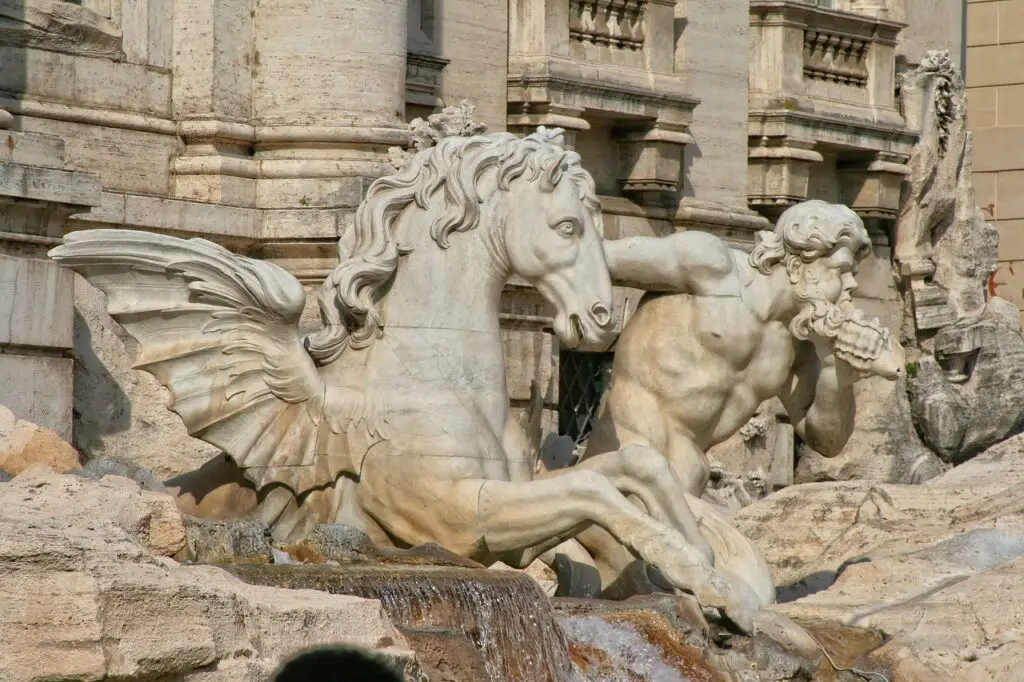
Europe is a treasure trove of history, culture, and stunning landscapes. This guide explores the top must-see attractions in five of Europe’s most iconic cities—Paris, Rome, Barcelona, Amsterdam, and Prague—each offering aunique blend of experiences.
1. Paris, France
Paris, often called “The City of Light,” is renowned for its art, history, and elegance.
– Eiffel Tower:
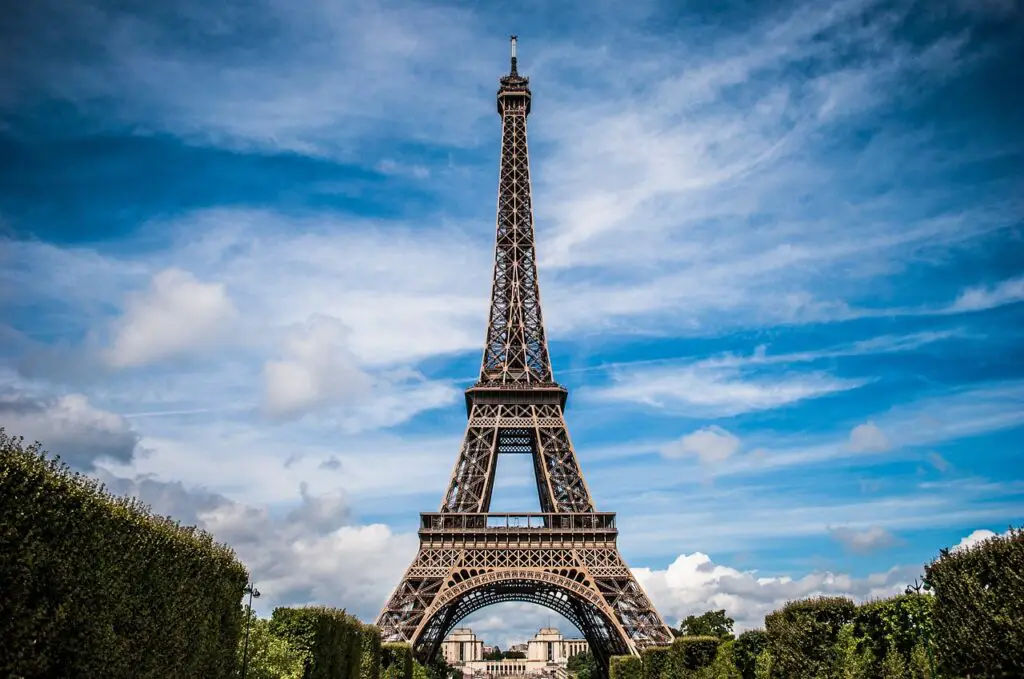
The Eiffel Tower is the ultimate symbol of Paris. Standing 330 meters tall, it offers breathtaking views of the city, especially at night when it sparkles with thousands of lights. Whether you take the elevator or climb the stairs, a visit to the Eiffel Tower is unforgettable.
– Louvre Museum:
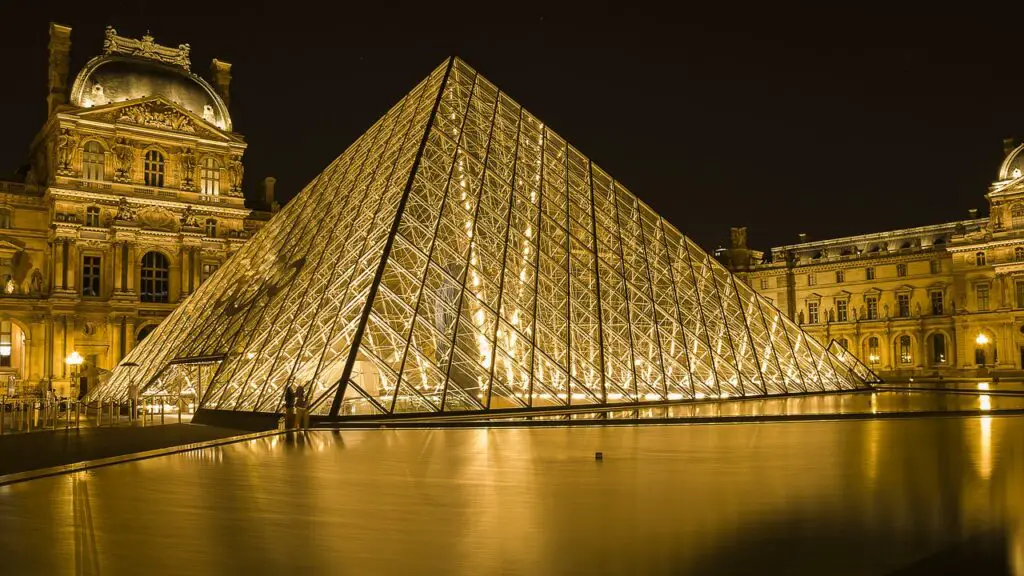
The Louvre is the world’s largest art museum, home to iconic works like the Mona Lisa and the Venus de Milo. With over 35,000 artworks spanning from ancient civilizations to the 19th century, it’s a paradise for art lovers. Don’t miss the glass pyramid entrance, a modern contrast to the historic palace.
– Notre-Dame Cathedral:
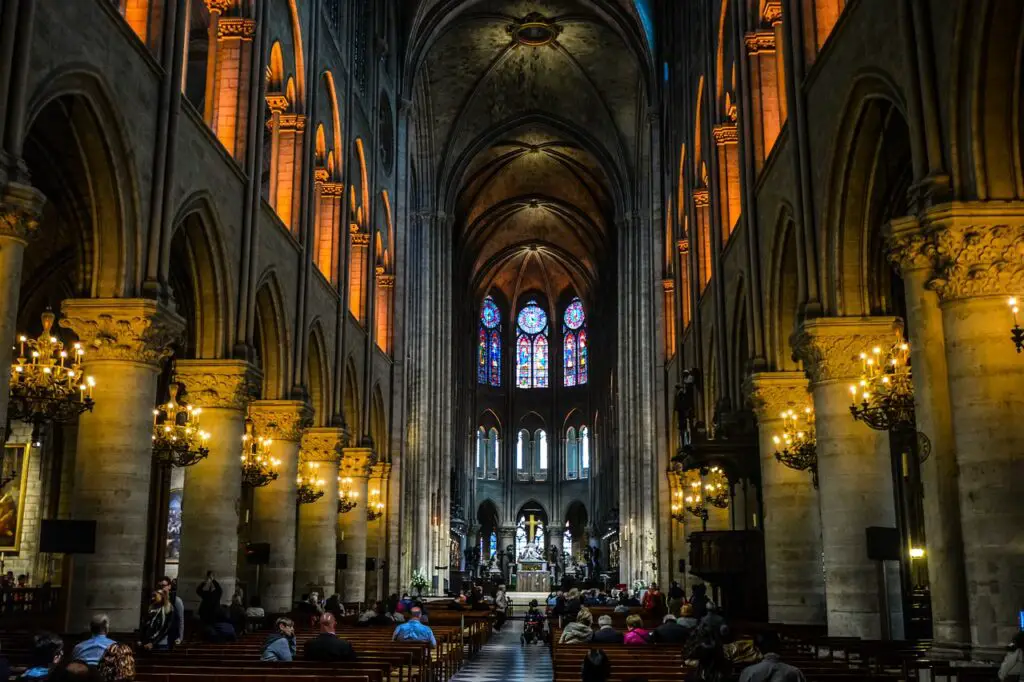
Despite the 2019 fire, Notre-Dame remains a must-see. This Gothic masterpiece, with its intricate sculptures and stained glass, is a testament to mediaeval architecture. The cathedral’s towers offer stunning views over Paris, and the interior still inspires with its grandeur.
– Montmartre and the Sacré-Cœur:
Montmartre’s bohemian charm, once home to artists like Picasso, is still alive today. The Sacré-Cœur Basilica crowns the hill, offering panoramic views of the city. The nearby Place du Tertre, filled with artists, is perfect for a leisurely stroll.
– Seine River Cruise:
A cruise along the Seine River offers a romantic view of Paris, with landmarks like the Eiffel Tower and Notre-Dame illuminated at night. It’s a serene way to see the city’s most famous sights from a different perspective.
2. Rome, Italy
Rome, the “Eternal City,” is a living museum of ancient history and Renaissance art.
– Colosseum:
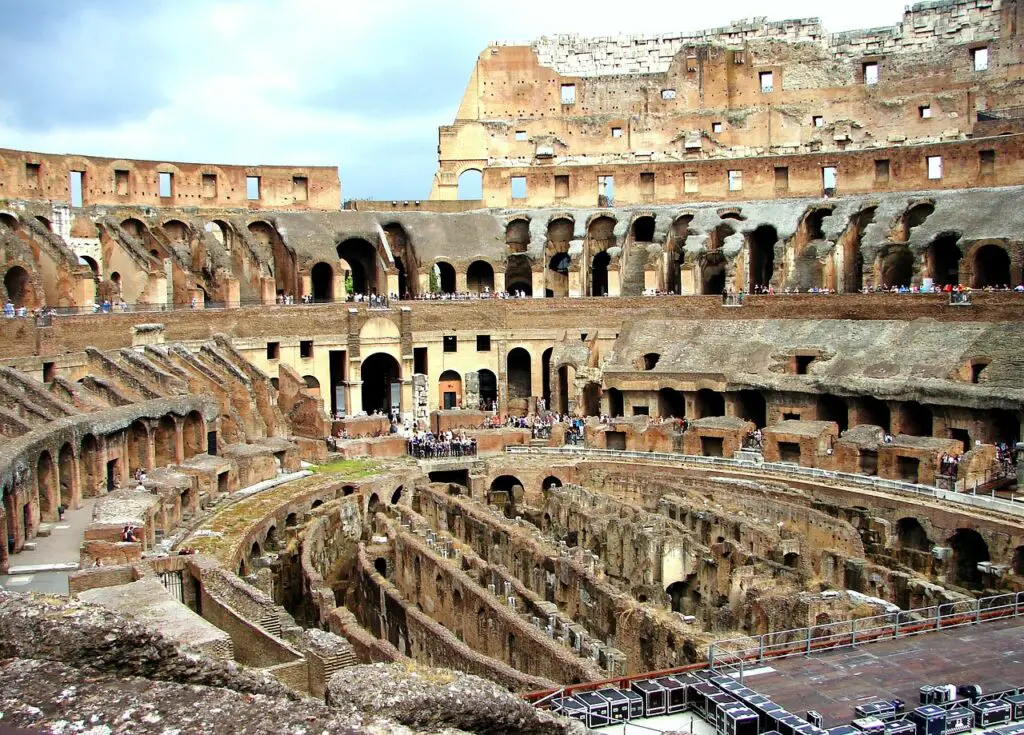
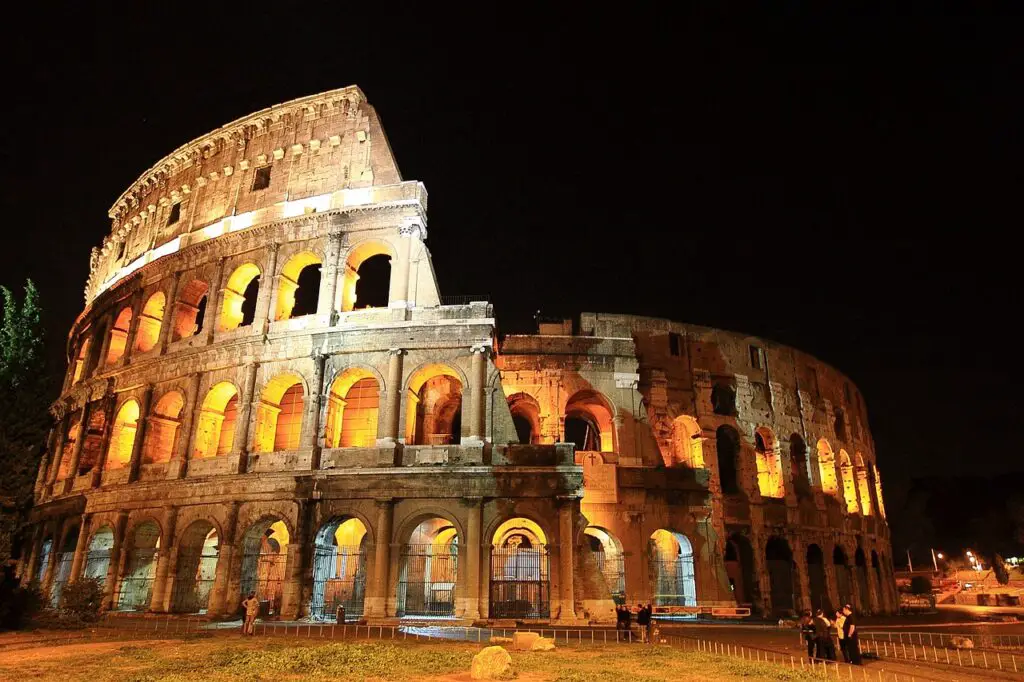
The Colosseum, an ancient amphitheatre, once hosted gladiatorial contests and public spectacles. Despite its age, it remains a powerful symbol of Rome’s imperial past. Exploring its corridors and the arena floor offers a glimpse into Roman history.
– Vatican City:

The Vatican, home to the Pope, houses St. Peter’s Basilica and the Vatican Museums. Michelangelo’s Sistine Chapel ceiling and the grand St. Peter’s Dome are must-sees. The basilica’s interior, with its impressive art and architecture, leaves a lasting impression.
– Pantheon:

The Pantheon, with its massive dome and central oculus, is a marvel of ancient engineering. Originally a temple to all gods, it now serves as a church. The interplay of light inside, especially through the oculus, creates a magical atmosphere.
– Roman Forum:
Once the centre of Roman life, the Roman Forum is now a fascinating collection of ruins. Highlights include the Temple of Saturn and the Arch of Titus. Walking through the Forum, you can almost feel the presence of ancient Romans.
– Trevi Fountain:
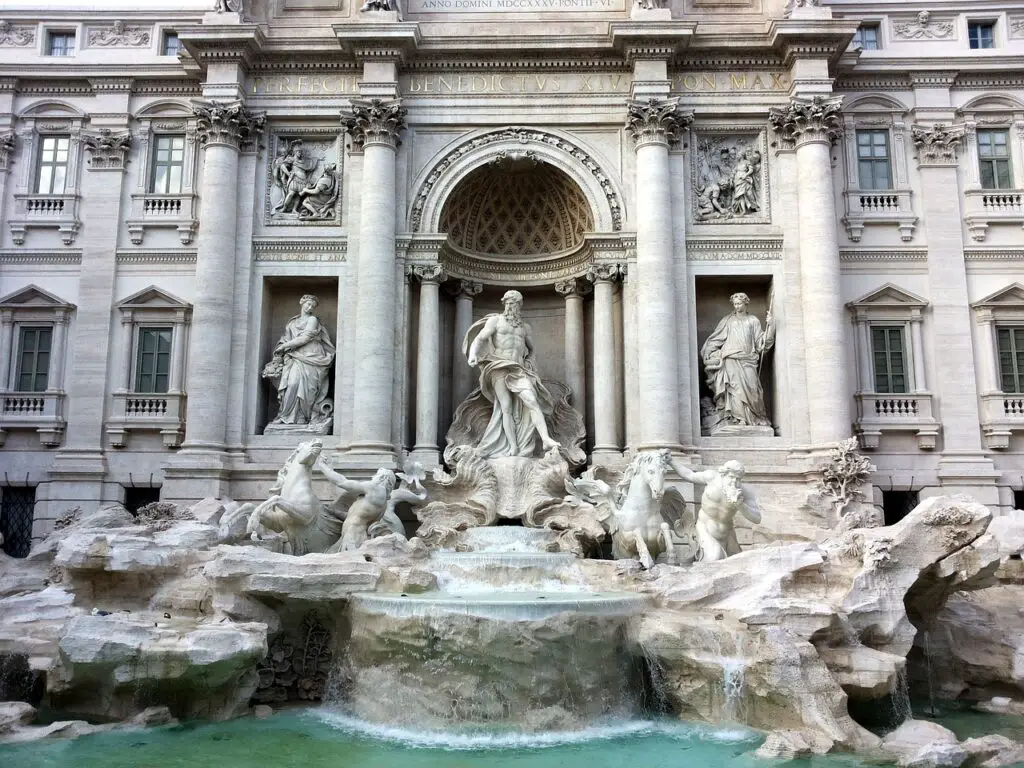
The Trevi Fountain, a Baroque masterpiece, is famous for the tradition of tossing a coin to ensure a return to Rome. The fountain’s intricate design, depicting Neptune and his Tritons, is especially beautiful when illuminated at night.
3. Barcelona, Spain
Barcelona, the vibrant capital of Catalonia, is a city of contrasts, where modernist architecture meets ancient history.
– Sagrada Família:
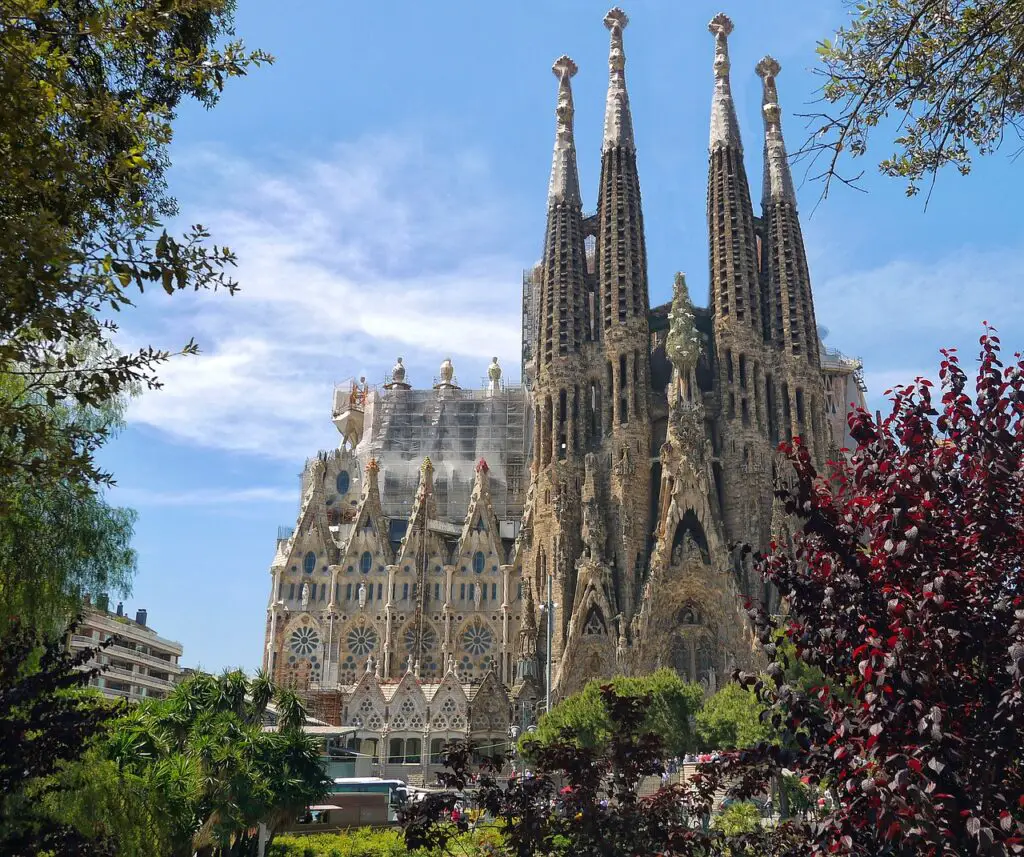
Gaudí’s unfinished masterpiece, the Sagrada Família, is one of the most unique churches in the world. Its intricate facades and towering spires are filled with Christian symbolism. Inside, the forest-like columns and colourful stained glass create a breathtaking atmosphere.
– Park Güell:
Park Güell, another of Gaudí’s creations, is a whimsical public park with colourful mosaics and curving forms. Originally intended as a residential project, it’s now a UNESCO World Heritage site. The park’s terrace offers panoramic views of Barcelona, and the Gaudí House Museum provides insight into the architect’s life.
– La Rambla:
La Rambla, a bustling boulevard, is the heart of Barcelona’s social life. Lined with shops, restaurants, and markets like La Boqueria, it’s perfect for people-watching. Street performers and artists add to its lively atmosphere, making it a must-visit for anyone exploring the city.
– Gothic Quarter:

The Gothic Quarter, with its narrow streets and mediaeval buildings, is the oldest part of Barcelona. Here, you’ll find the Barcelona Cathedral, a stunning example of Catalan Gothic architecture. The quarter’s labyrinthine layout invites exploration, with hidden squares and historic landmarks at every turn.
4. Amsterdam, Netherlands
Amsterdam, known for its canals, museums, and liberal culture, is a city that seamlessly blends history with modernity.
– Rijksmuseum:
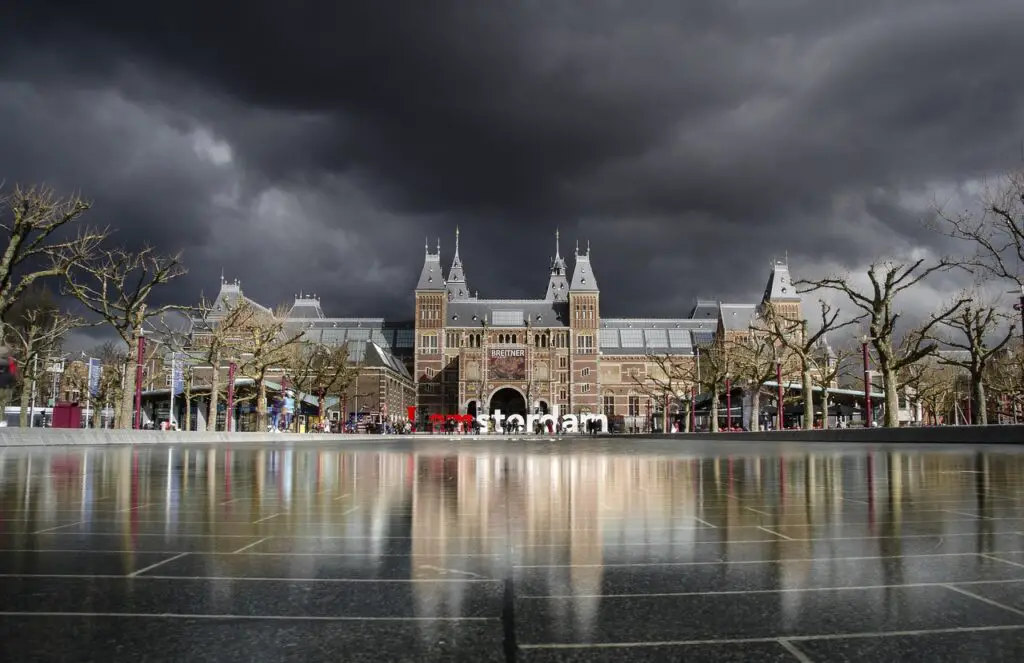
The Rijksmuseum is the Netherlands’ premier art museum, home to masterpieces like Rembrandt’s The Night Watch. Its vast collection spans over 800 years of Dutch history, from the Middle Ages to the present day. The museum’s beautiful gardens and the iconic I amsterdam sign add to the experience.
– Anne Frank House:
The Anne Frank House offers a poignant look at the life of Anne Frank and her family, who hid from the Nazis during World War II. The preserved rooms, including the secret annex, and Anne’s original diary provide a powerful reminder of the horrors of war.
– Van Gogh Museum:
The Van Gogh Museum houses the largest collection of Vincent van Gogh’s works, including *The Starry Night* and Sunflowers. The museum chronicles the artist’s life, offering insight into his creative process and struggles.
– Canal Cruise:
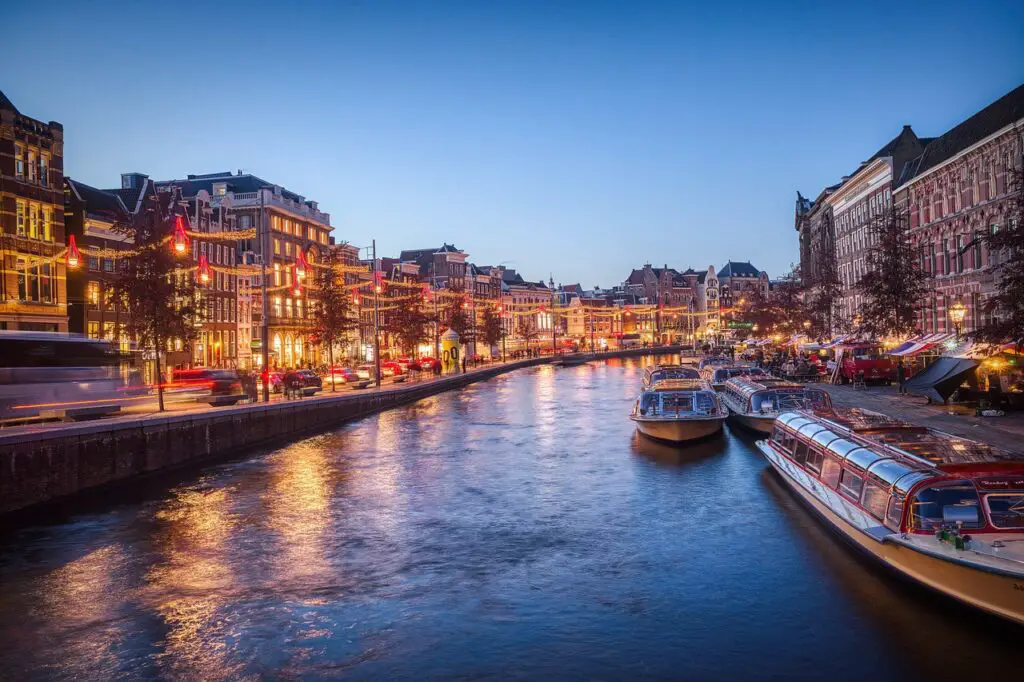
Amsterdam’s canals are the city’s lifeblood, and a canal cruise is the best way to explore them. The city’s 165 canals stretch over 100 kilometers, offering views of historic homes, charming bridges, and iconic houseboats. Evening cruises are particularly enchanting, with the city lit up around you.
– Vondelpark:

Vondelpark is Amsterdam’s most famous park, a green oasis in the heart of the city. Whether you’re looking to relax, take a bike ride, or catch a free performance in the open-air theatre, Vondelpark is the perfect place to unwind.
5. Prague, Czech Republic
Prague, “The City of a Hundred Spires,” is a fairy-tale city known for its well-preserved mediaeval core and stunning architecture.
– Prague Castle:
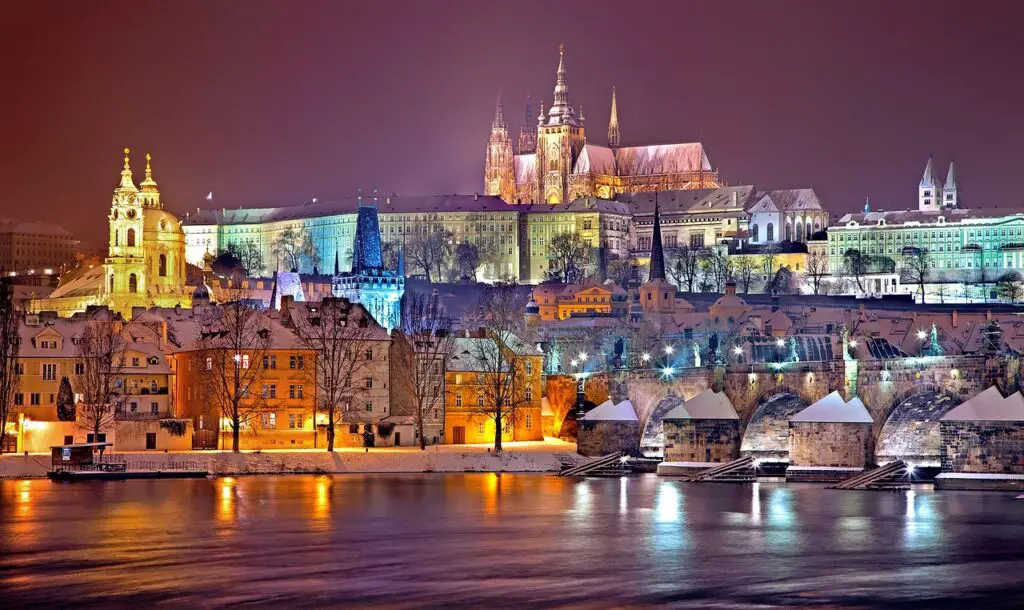
Prague Castle, the largest ancient castle complex in the world, includes St. Vitus Cathedral, the Old Royal Palace, and Golden Lane. The castle’s gardens offer breathtaking views of the city, and the changing of the guard ceremony adds a touch of tradition.
– Charles Bridge:

Charles Bridge, adorned with 30 Baroque statues, connects Old Town with Prague Castle. The bridge is especially magical at dawn or dusk, offering views of the Vltava River and the city’s skyline. Street musicians and artists add to its vibrant atmosphere.
– Old Town Square:
The Old Town Square, surrounded by colourful Baroque buildings and Gothic churches, is the heart of Prague’s historic center. The Astronomical Clock, installed in 1410, is a must-see, with its hourly procession of the Twelve Apostles. The square is also home to the Church of Our Lady before Týn, with its distinctive twin spires.
– St. Vitus Cathedral:
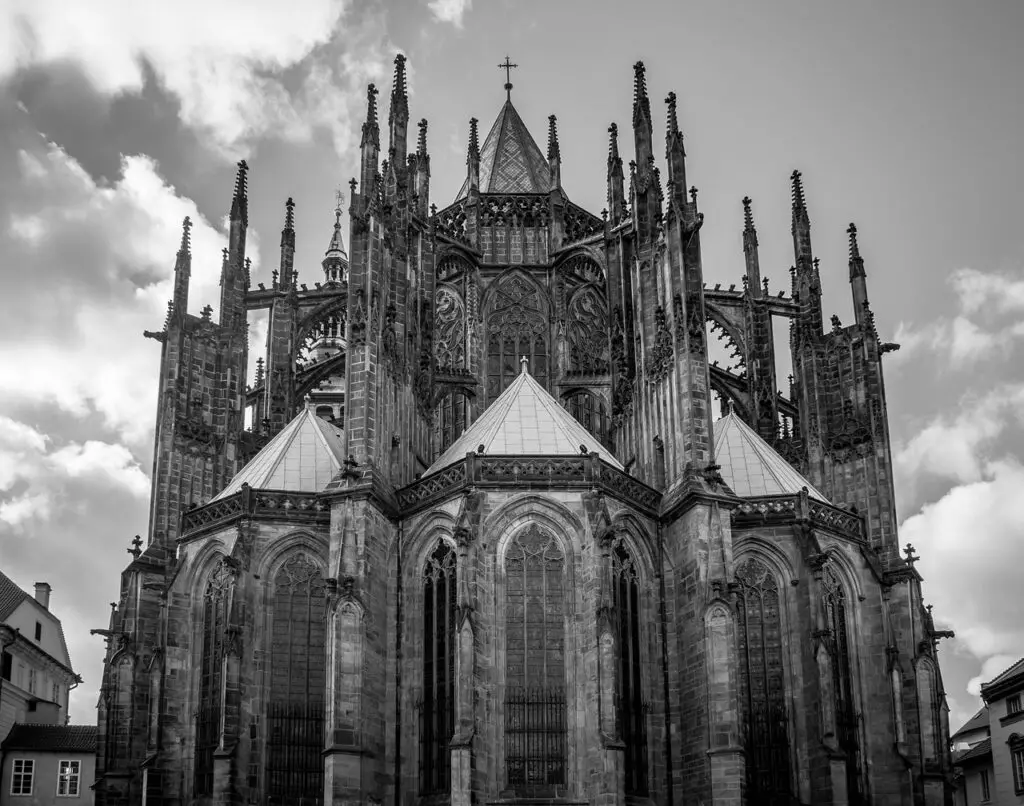
St. Vitus Cathedral, within Prague Castle, is the most important church in the Czech Republic. This Gothic masterpiece features stunning stained glass windows, intricate stone carvings, and the tomb of St. John of Nepomuk. The Great South Tower offers panoramic views of Prague after a climb of nearly 300 steps.
– Lennon Wall:
The Lennon Wall has been a symbol of peace and freedom since the 1980s. Covered with graffiti inspired by John Lennon and his music, the wall continues to evolve with new art and messages of love and peace.
Tips for Travelling in Europe:-
Transport:
Europe’s extensive public transport systems make it easy to travel between cities. Trains are often the best option, offering scenic routes, while budget airlines are ideal for longer distances. In cities, public transport passes provide convenient and cost-effective travel.
– Language:
While English is widely spoken in major tourist areas, learning a few basic phrases in the local language can enhance your experience and show respect for the culture.
– Currency:
The Euro (€) is used in most European countries, but not all. Be sure to check the local currency before travelling, and carry a small amount of cash for smaller businesses.
– Accommodation:
Europe offers a wide range of accommodation options. Booking in advance is recommended, especially during peak seasons. Consider staying in neighbourhoods outside the city centre for a more authentic experience and better value.
– Cultural Etiquette:
Respect local customs and traditions, such as tipping practices and dress codes at religious sites. Being punctual is appreciated in most European countries.
Conclusion
Europe’s diverse cultures, rich history, and stunning landscapes make it a dream destination for travellers. From Paris to Prague, each city offers a unique blend of must-see landmarks and hidden gems. Whether you’re exploring the intricate details of a Gothic cathedral, cruising down a scenic canal, or savouring local cuisine in a cosy café, these five cities will leave you with unforgettable memories. Pack your bags and embark on an adventure across Europe’s top destinations. Whether it’s the timeless elegance of Paris, the ancient grandeur of Rome, the vibrant energy of Barcelona, the charming canals of Amsterdam, or the fairy-tale beauty of Prague, each city promises a unique experience. With this travel guide, you’ll be well-prepared to discover the must-see attractions and hidden treasures that make these European cities truly unforgettable. Happy travels!